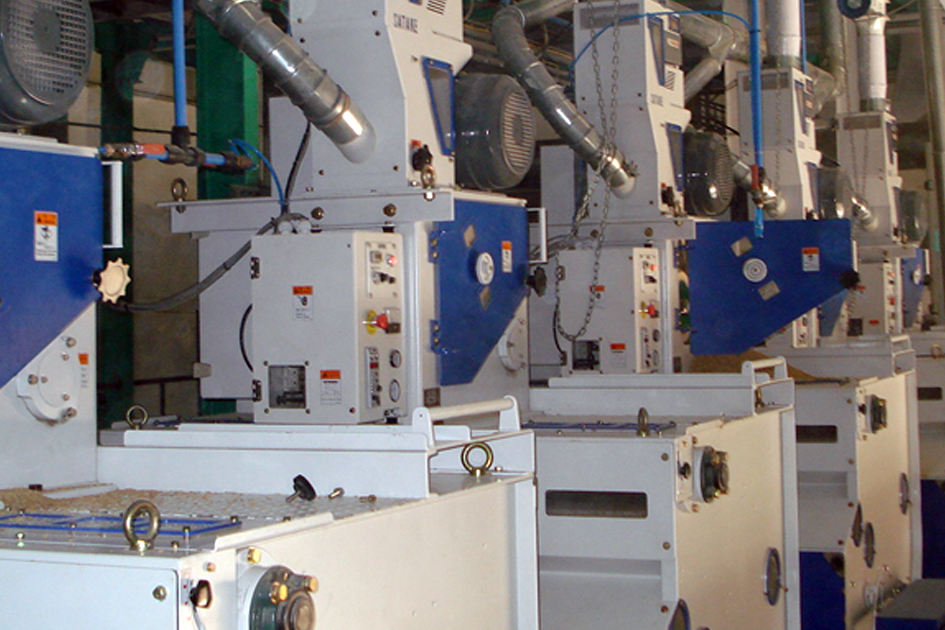Rice is one of the most important food crop across the world that is processed in the rice milling plants with respect to the international standards keeping in mind the uniformity and the basic quality of the grain. There are different rice milling machinery and Rice Milling equipment used for the proper processing of rice and ensure its maximum processing capacity in less amount of time.
The most important productional factor considered for its processing is the use of energy. Energy is one of the demanding items and the vital source to measure the cost of the finalized finished product. For the production of rice, the energy-consuming equipment used includes blowers, elevators, motors, boilers and steam distribution, and many more. The efficiency of the product (rice) depends on the utilities maintained by the rice production mills such as electricity, air, water, labor, etc.
Many of the rice plants in India and also in the different parts of the world adhere to several procedures for rice processing such as drying of rice, cleaning of rice, milling, whitening, polishing, grading, blending, sorting and packaging. There are different types of sorters and separators used for the rice to be free from any type of dust, fungal infections, plastic granules, unwanted grain, etc. Some of them include:
Rice Huskers: These huskers remove the husk (outer covering) from the paddy rice during the processing.
Paddy Separators: It makes the brown rice more efficient.
Plano Shifters: This makes the rice more uniform and give rice proper size and grading with a high speed.
Color Sorters: These color sorters give a proper color to the rice and define its shade.
The basic structure and the process followed in the rice milling industries and rice milling plants include:
1. Quantity of Rice (In Abundance)
2. Pre – Cleaning
3. Steaming
4. Drying
5. Packaging
6. Grading and Sorting
7. Polishing
8. Removal of Husk
Initially, the basic rice cultivation process requires the complete preparation for the technological projects and the set-up of the milling plant. Many layouts, specifications, selection of appropriate milling equipments and units are planned for the efficient running of the milling industry. Further the assessment reports are also prepared keeping in mind the benefits with the selection of experienced personnel.
There are different types of methods used in the rice milling industries. In the earlier days, conventional methods were used for paddy processing using the steel hullers and the rice processing process mentioned in the above flowchart was carried out manually. This method seems to be the inefficient method as the chances or the profits to rise at a higher level often degrades. The marketing costs and the net returns tend to decrease that prevents the consumers from earning accountable outputs in time. Further, the latest and modern rice milling units make use of more efficient technology that hep them yield a large net return and the calculated costs become better for the large quantity of paddy. Roughly, we can say that capacity utilization using the modern methods is approximately 70% in comparison to the conventional methods used (approx. 45%). Rice is the staple food and is one of the man source among all the food grains
Blog Source:EzineArticles.
 MAIL US :
MAIL US :
 CALL US :
>
CALL US :
>

1 thought on “Rice Mill Plants – Past and Current Technology in Milling”